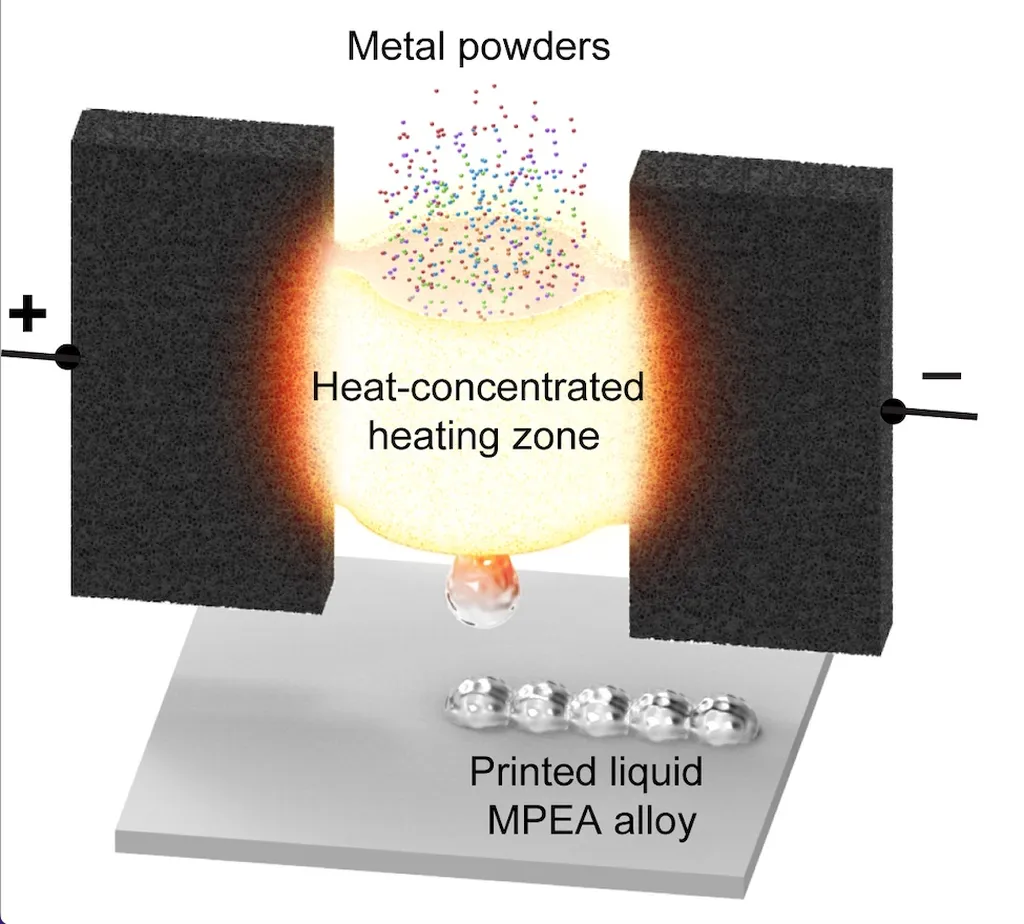Researchers Yang Yang, Ye Ji, Matthias Möller, and Can Ayas from the University of Maryland, College Park, have developed a novel approach to improve thermal modeling in Laser Powder Bed Fusion (LPBF), a type of metal additive manufacturing. Their work, published in the International Journal for Numerical Methods in Engineering, addresses the challenges of simulating the complex thermal processes involved in LPBF.
Currently, thermal modeling in LPBF is difficult due to the steep and rapidly moving thermal gradients caused by the laser. Traditional Finite Element Methods (FEM) struggle to accurately capture these gradients, often requiring extensive computational resources. The researchers have proposed a new semi-analytical approach using Isogeometric Analysis (IGA) to overcome these limitations.
The new method decomposes the temperature field into two parts: an analytical point-source solution that captures the laser heat input, and a complementary correction field that enforces boundary conditions. The correction field is solved using a spline-based IGA discretization, which offers several advantages over traditional FEM. IGA provides exact geometry representation, higher-order continuity, and superior accuracy per degree of freedom. This allows for efficient thermal modeling of complex parts with intricate geometries.
The researchers demonstrated that their semi-analytical IGA method delivers accurate temperature predictions and achieves substantial computational efficiency gains compared to standard FEM. This new tool could significantly enhance high-fidelity thermal simulation in LPBF, potentially leading to improved process control and part quality in metal additive manufacturing.
The practical applications of this research for the energy sector are promising. Metal additive manufacturing is increasingly used to produce complex, high-performance components for energy applications, such as turbines and heat exchangers. Accurate thermal modeling can help optimize these components for better performance and durability, ultimately contributing to more efficient and reliable energy systems.
In summary, the researchers have developed a powerful new tool for thermal simulation in metal additive manufacturing. Their semi-analytical IGA method offers a more efficient and accurate way to model the complex thermal processes involved in LPBF, with potential benefits for the energy sector and other industries that rely on advanced manufacturing technologies.
This article is based on research available at arXiv.

